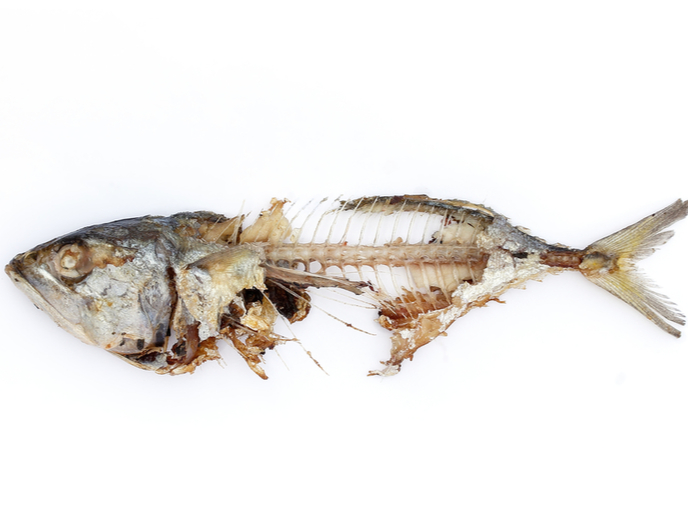Charting new waters: integrating sex-based analysis into marine spatial planning
Marine spatial planning (MSP) helps manage the use of oceans and seas, ensuring human activities are efficient, safe and sustainable. Despite its expanding use worldwide, scientists believe its approach can improve even further by including dynamic elements to help project visions and adapt to future conditions. One dynamic aspect that can enhance MSP is sex analysis – the process of incorporating biological sex considerations into research design and analysis. This is one of the achievements of the MEDIX(opens in new window) project, undertaken with the support of the Marie Skłodowska-Curie Actions programme(opens in new window). “Studying sex-based differences from organisms to populations and communities may generate new insights into resilience and vulnerability to climate stressors that may otherwise not be recognised,” states Elena Gissi, MEDIX project coordinator. “Including sex-specific science of the response of species and ecosystems to climate change in prioritisation criteria for new marine protected areas is essential.”
Exploring how sex and climate change interact
MEDIX started with a review to understand the sex-specific differences and factors considered in biological research and in global change biology. This resulted in a foundational study(opens in new window) that, for the first time, explored how sex analysis is used in marine biology. “Biological sex broadly affects the morphology, physiology, behaviour and distribution of organisms and population across taxa. I have also found examples(opens in new window) of how sex and climate change interact in the response mechanisms of species and communities,” says Gissi. In partnership with Stanford University, MEDIX conducted a scenario analysis to identify climate refugia(opens in new window) in areas that will continue to sustain ecosystem services despite the changing climate. In the United States, the researcher analysed the change in species and functional diversity in five future scenarios in 2050 and 2100, considering three projections of climate change: moderate, intermediate and severe. This task focused on a group of 127 species of marine megafauna in the Northeastern Pacific, including mammals, sharks, rays, bony fish and reptiles. With the Institute of Marine Sciences of the National Research Council in Italy, the project developed a baseline study about priority species and habitat of conservation for the Italian Mediterranean waters, including an analysis of their current conditions. This activity supported the elaboration of the first version of Italy’s Maritime Spatial Plans(opens in new window).
Impacts on biology research and beyond
The work carried out in MEDIX highlights the importance of considering if and how sex can influence research design, analysis and results. As part of the outcomes of the project, methodological guidelines(opens in new window) provide a framework for researchers to approach sex analysis in their future biological studies. The theme was also presented to 10 European research organisations at an event organised by the MINDtheGEPS(opens in new window) consortium. The impact of MEDIX goes beyond biology. The project coordinator was invited to participate in a workshop related to inclusive and intersectional research in engineering and computer science organised by Stanford University and the University of Texas, and contributed to the development of a new methodology for gendered innovations for lifecycle assessment and circular economy. At policy level, she contributed to the review of the strategic research and innovation agenda of the Sustainable Blue Economy Partnership(opens in new window).







